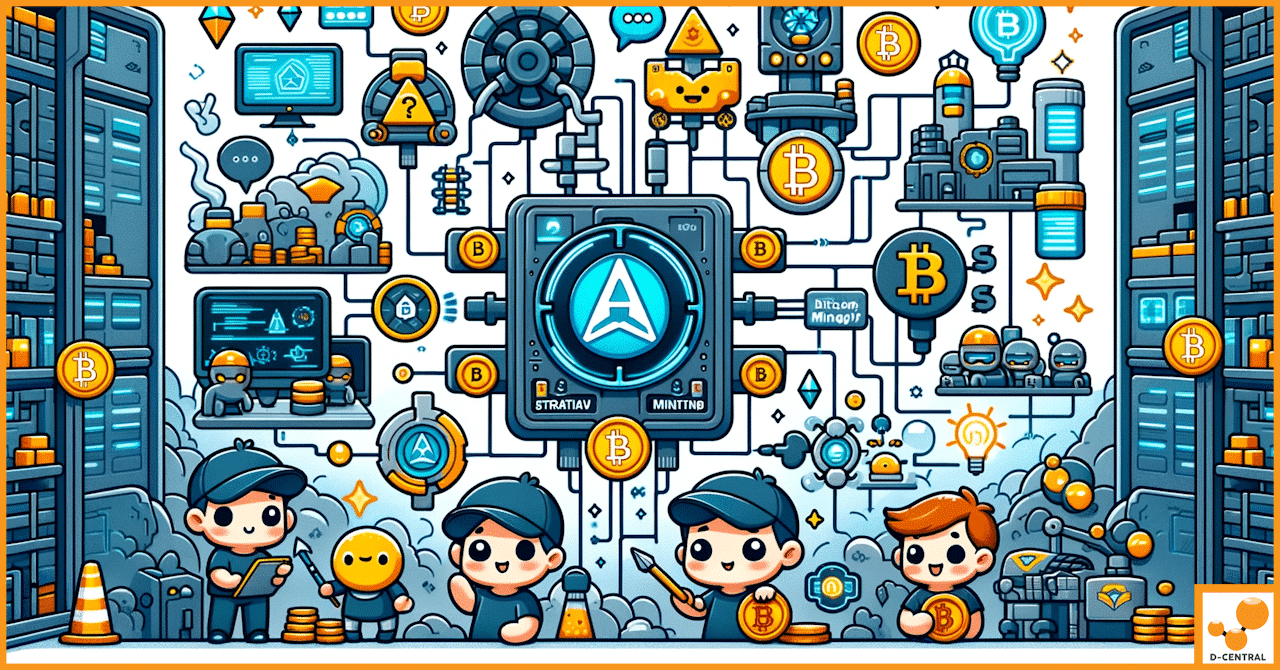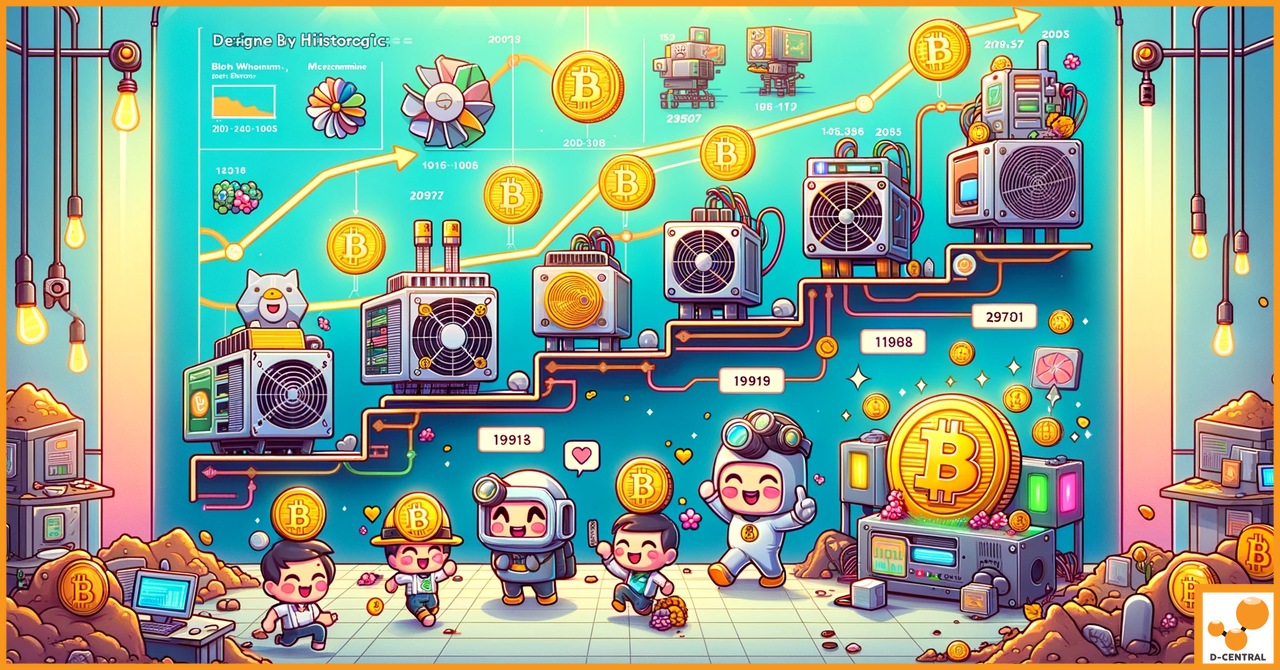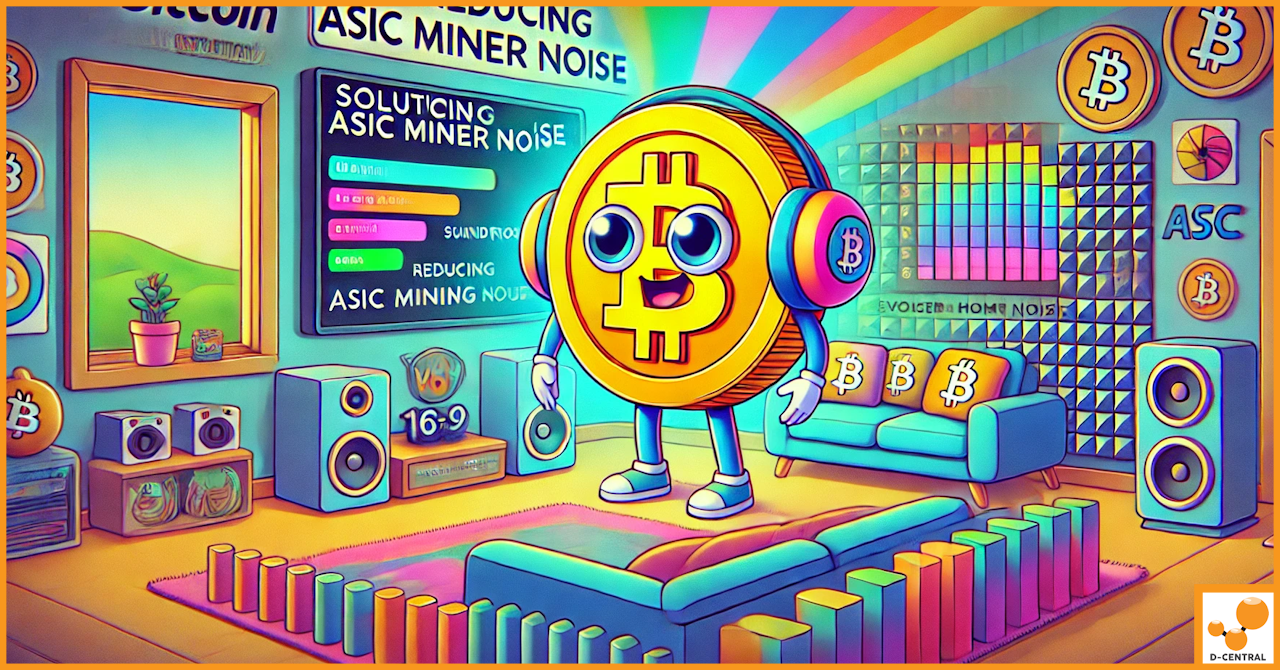
What is Hashing? Unraveling the Core of Bitcoin Mining
In the intricate world of Bitcoin and blockchain technology, one concept stands at the heart of the revolution: hashing. At
4479 Desserte Nord Autoroute 440, Laval, QC H7P 6E2

Bitcoin mining, the backbone of the world’s premier cryptocurrency, has undergone a remarkable evolution since its inception. In the early days of Bitcoin, mining was a simple affair, accessible to enthusiasts with basic computing hardware. However, as Bitcoin gained popularity and value, the mining landscape transformed dramatically. The introduction of specialized hardware, known as ASICs (Application-Specific Integrated Circuits), marked a significant shift, turning mining into a highly competitive and resource-intensive operation.
Central to this transformation has been the development and adoption of mining protocols. These protocols are sets of rules and standards that govern how mining devices communicate with Bitcoin’s network and with each other. They play a crucial role in ensuring efficiency, security, and profitability in Bitcoin mining operations.
The original Stratum protocol, introduced in 2012, was a game-changer. It replaced older, less efficient methods and quickly became the standard due to its ability to streamline communication between miners and mining pools. Stratum efficiently directed mining efforts, reducing bandwidth usage and improving the overall efficiency of the mining process.
However, as the Bitcoin network continued to grow and evolve, the limitations of Stratum V1 became apparent. Issues such as security vulnerabilities, lack of flexibility, and concerns over centralization began to surface. These challenges set the stage for the next leap in mining technology: Stratum V2.
Stratum V2 is more than just an upgrade; it’s a complete overhaul designed to address the shortcomings of its predecessor while introducing innovative features that align with the decentralized ethos of Bitcoin. It promises enhanced security, improved efficiency, and greater miner autonomy, marking a significant step forward in the continuous evolution of Bitcoin mining.
Stratum V2 is a cutting-edge mining protocol designed to enhance the efficiency and security of Bitcoin mining operations. It serves as a communication bridge between Bitcoin miners and mining pools, facilitating the transfer of crucial mining data. This protocol is pivotal in orchestrating the collaborative efforts of individual miners, ensuring that their collective power is effectively harnessed to maintain and secure the Bitcoin blockchain.
The journey from Stratum V1 to V2 is a testament to the dynamic nature of Bitcoin mining. Stratum V1, introduced in 2012, was revolutionary in its time, offering a more streamlined and effective way for miners to connect to mining pools compared to the previous getwork protocol. However, as the Bitcoin network matured, the limitations of Stratum V1 became increasingly evident. These included security vulnerabilities, inefficiencies in data handling, and concerns about centralization in the decision-making process of transaction selection in mining pools.
Recognizing these challenges, developers and industry experts collaborated to create Stratum V2. This new protocol was not just an incremental update but a comprehensive overhaul designed to future-proof Bitcoin mining. It was developed with the core principles of Bitcoin in mind: decentralization, security, and efficiency.
Stratum V2 introduces several key features and improvements over its predecessor, Stratum V1:
Stratum V2 represents a significant leap forward in Bitcoin mining technology. It addresses the shortcomings of Stratum V1 while introducing innovative features that enhance security, promote decentralization, and improve operational efficiency. As the Bitcoin network continues to grow, Stratum V2 stands as a testament to the ongoing innovation and resilience of the mining community.
Stratum V2 is not just an incremental update to its predecessor; it’s a comprehensive reimagining of the mining protocol, designed to meet the evolving needs of the Bitcoin network. At its core, Stratum V2 focuses on three critical areas: efficiency, security, and miner autonomy. It achieves these through a series of technical innovations that streamline the mining process, enhance security measures, and empower individual miners.
Stratum V2 introduces three new sub-protocols, each addressing specific aspects of the mining process:
One of the standout features of Stratum V2 is its support for header-only mining. This approach significantly reduces the amount of data that needs to be transferred between the mining pool and the miners. In header-only mining, miners only receive the block header instead of the entire block template. This reduction in data size means lower bandwidth requirements, making mining more accessible, especially for miners with limited internet resources. Additionally, it results in quicker reaction times to changes in the network, enhancing the overall efficiency of the mining process.
Security is a paramount concern in Bitcoin mining, and Stratum V2 introduces several enhancements to address this:
The technical innovations in Stratum V2 represent a significant advancement in Bitcoin mining technology. By addressing key issues like efficiency, security, and miner autonomy, Stratum V2 not only enhances the current mining landscape but also sets the stage for future developments in this ever-evolving domain.
One of the most significant benefits of Stratum V2 is its contribution to the decentralization of the Bitcoin mining process. Decentralization is a core principle of Bitcoin, ensuring that no single entity has disproportionate control over the network. Stratum V2 advances this principle in several ways:
Stratum V2 significantly improves the efficiency of the Bitcoin mining process:
Stratum V2 empowers miners with greater autonomy, particularly in terms of transaction set selection:
Stratum V2 brings substantial benefits to the Bitcoin mining ecosystem. Its emphasis on decentralization, efficiency, and miner autonomy not only makes the mining process more democratic and sustainable but also aligns closely with the foundational principles of Bitcoin. As the adoption of Stratum V2 grows, it is poised to play a crucial role in shaping the future of Bitcoin mining.
The advent of Stratum V2 marks a pivotal moment in the evolution of Bitcoin mining. This advanced protocol is not merely an incremental improvement; it represents a significant leap forward, addressing the critical needs of modern Bitcoin mining operations. Stratum V2’s emphasis on enhanced security, increased efficiency, and greater miner autonomy aligns perfectly with the core principles of Bitcoin. It stands as a testament to the ongoing innovation and resilience of the Bitcoin mining community, ensuring that the network remains robust, decentralized, and secure.
At D-Central Technologies, our commitment to providing cutting-edge mining solutions is deeply intertwined with the integration and optimization of Stratum V2. We recognize the transformative impact of this protocol and have tailored our services to harness its full potential. Our custom solutions, such as the innovative Bitcoin Space Heaters and optimized hardware for home mining, are designed to maximize the benefits of Stratum V2, making mining more accessible, profitable, and sustainable for our diverse clientele.
We encourage readers to explore the range of Stratum V2 optimized services offered by D-Central Technologies. Whether you are a seasoned miner or new to the field, our team of experts is equipped to guide you through the intricacies of Stratum V2, ensuring that your mining operations are as efficient and profitable as possible. Our commitment to excellence and innovation in Bitcoin mining is unwavering, and we are dedicated to empowering our clients with the best tools and strategies in the industry.
For those interested in leveraging the power of Stratum V2 in their mining operations, we invite you to reach out for consultations and support. Our team at D-Central Technologies is ready to assist you in implementing this groundbreaking protocol, helping you to optimize your mining activities and achieve your objectives in the dynamic world of Bitcoin mining. Join us in embracing the future of mining technology with Stratum V2, and let’s continue to strengthen the backbone of the Bitcoin network together.
What is Stratum V2?
Stratum V2 is a new mining protocol that aims to enhance the efficiency, security, and autonomy of Bitcoin mining operations. It serves as the communication link between mining pools and miners, streamlining the transfer of mining data to maintain and secure the Bitcoin blockchain.
Why was Stratum V2 developed?
Stratum V2 was developed to address the limitations of the previous Stratum V1 protocol, such as security vulnerabilities, inefficiencies, and concerns over centralization, by introducing new features that support the decentralized nature of Bitcoin.
What are the key improvements of Stratum V2 over Stratum V1?
Stratum V2 offers advanced security with encryption and authentication, increased decentralization by allowing miners to choose transaction sets, and improved efficiency with header-only mining and reduced bandwidth requirements.
What are the three new sub-protocols introduced in Stratum V2?
The three new sub-protocols in Stratum V2 are the Mining Protocol, Job Negotiation Protocol, and Template Distribution Protocol. These protocols provide a more secure, efficient, and decentralized mining process.
What is header-only mining in Stratum V2 and its benefits?
Header-only mining is a feature of Stratum V2 where miners receive only the block header instead of the full block template, reducing data transfer size, and bandwidth use, thereby improving mining accessibility and efficiency.
How does Stratum V2 contribute to the decentralization of Bitcoin mining?
Stratum V2 contributes to decentralization by enabling miners to independently select the transactions they mine, promoting mining pool diversity, and reducing potential control by any single pool over the network.
What type of mining solutions does D-Central Technologies offer?
D-Central Technologies offers custom solutions optimized for Stratum V2, including Bitcoin Space Heaters and hardware tailored for home mining, consultations, and support to ensure efficient and profitable mining operations.
How can Stratum V2 enhance the profitability and sustainability of mining?
Stratum V2’s efficient data transfer and infrastructure requirements, along with miner autonomy in transaction selection, can lower costs and improve sustainability, making mining operations more profitable, especially for smaller miners.
DISCLAIMER: D-Central Technologies and its associated content, including this blog, do not serve as financial advisors or official investment advisors. The insights and opinions shared here or by any guests featured in our content are provided purely for informational and educational purposes. Such communications should not be interpreted as financial, investment, legal, tax, or any form of specific advice. We are committed to advancing the knowledge and understanding of Bitcoin and its potential impact on society. However, we urge our community to proceed with caution and informed judgment in all related endeavors.
Related Posts

In the intricate world of Bitcoin and blockchain technology, one concept stands at the heart of the revolution: hashing. At

In the dynamic world of cryptocurrency mining, the quest for more efficient, powerful, and cost-effective mining hardware is perpetual. At

In the world of cryptocurrency mining, ASIC miners are powerful tools that can significantly boost profits. Crypto mining, especially with